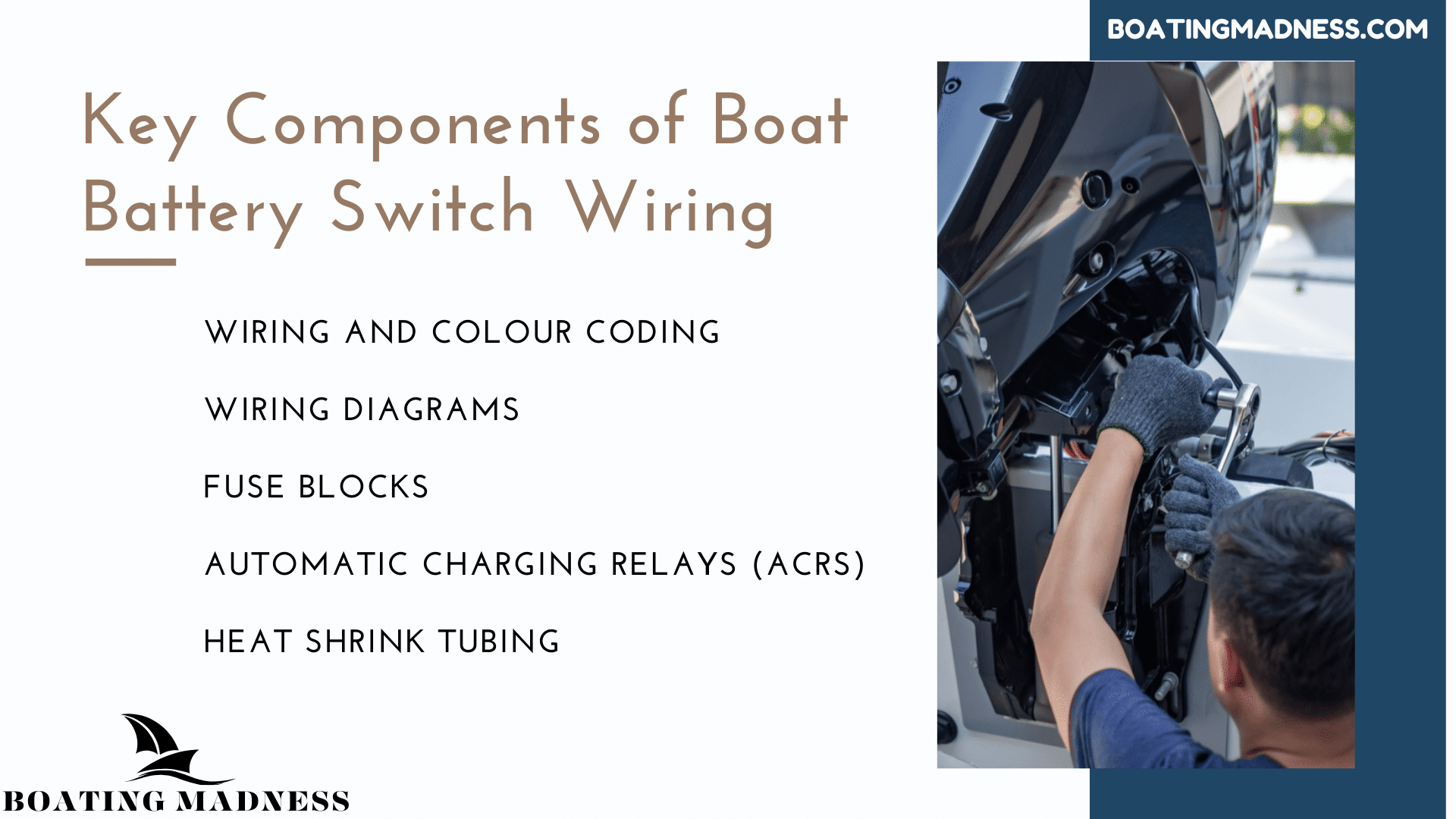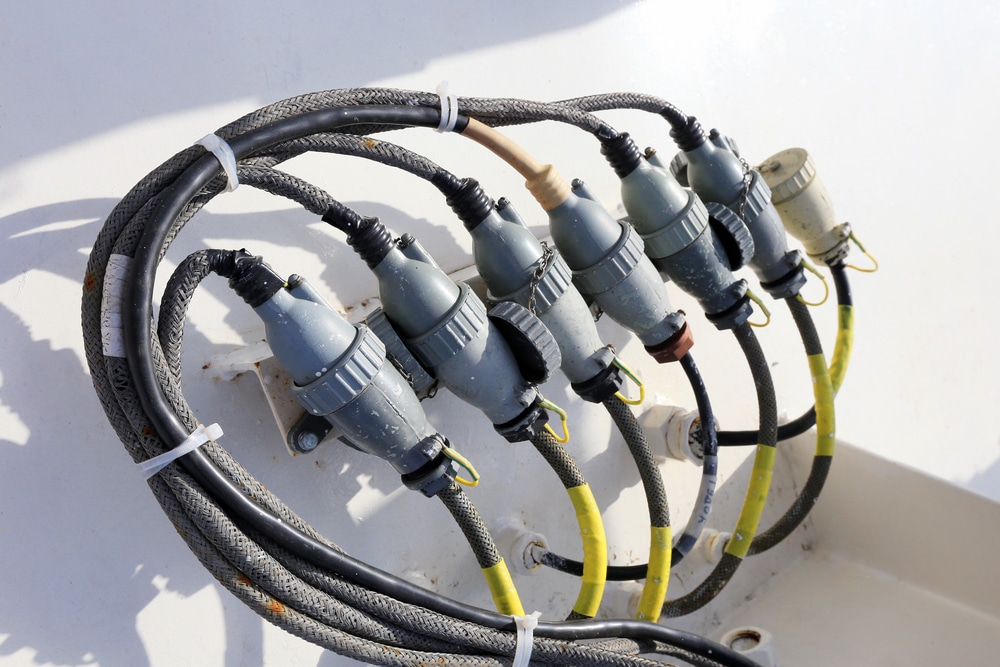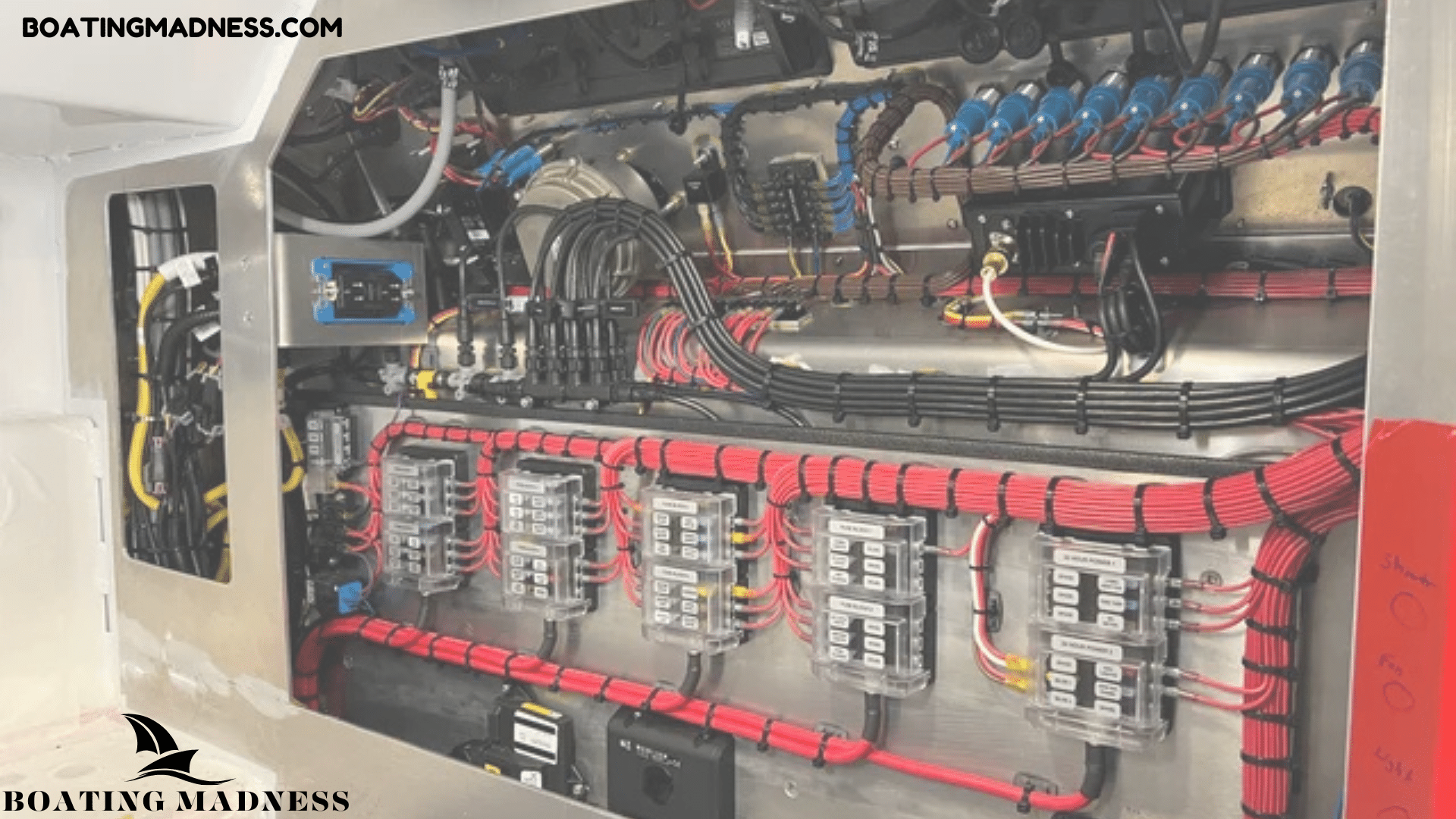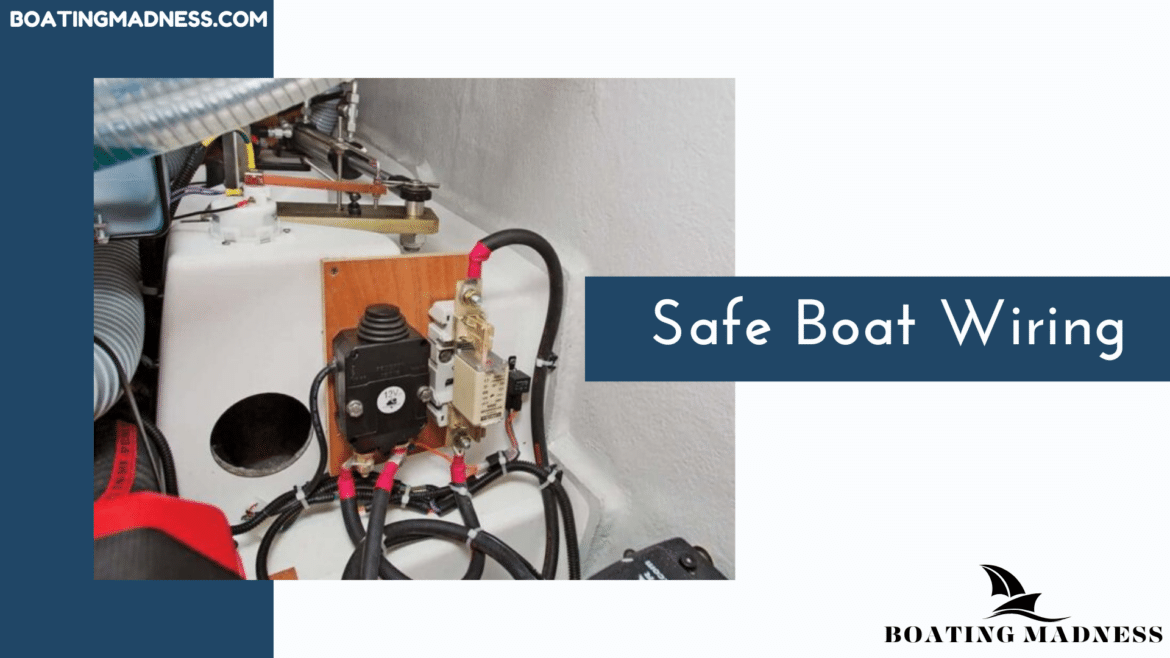When you’re out on the water, the last thing you want to worry about is your boat’s electrical system. But ensuring your boat wiring is safe and reliable is essential for smooth sailing. Properly designed and maintained electrical systems can mean the difference between a peaceful journey and an emergency. In this guide, we’ll walk you through simple steps to help you maintain a safe and efficient electrical setup, so you can focus on enjoying your time on the water without a hitch. Let’s dive into how to keep your boat’s wiring in top shape for the safest and most enjoyable adventures.

The Importance of a Sophisticated Electrical System
A boat’s electrical system is crucial for powering essential components like propulsion, lighting, navigation lights, and communication devices. A well-designed electrical system improves both performance and safety, minimizing the risk of electrical failures that could endanger the boat or its passengers. When designing such a system, it is essential to consider the boat’s size, type, equipment on board, and power requirements.
Proper installation and wiring are key to ensuring long-term reliability. Wiring should be routed securely to minimize mechanical stress and prevent damage. Using premium materials for connections ensures long-lasting and reliable electrical systems. Safety features such as ground fault protection, circuit protection devices, and fire suppression systems should also be included to protect against overloads and short circuits.
Key Components of Boat Battery Switch Wiring

Battery switches are vital for controlling the power flow between different batteries and onboard equipment. Available in various types, such as single-pole and multi-position switches, they allow for flexible control over the boat’s electrical systems. Choosing the correct type of switch and wiring it properly is crucial for efficient operation and safety.
Wiring and Colour Coding
Color-coded wiring simplifies the installation and maintenance of a boat’s electrical system by designating specific colors for certain purposes. For example, red wires are used for positive connections, while black wires are used for negative ones. This system helps electricians and boat owners quickly identify wires, troubleshoot problems, and make repairs when necessary.
Wiring Diagrams
Boat wiring diagrams are essential tools for organizing and executing electrical projects. They provide a visual representation of the system, showing cable runs, connections, and component locations. Following these diagrams ensures that wiring is properly routed and that all connections are made correctly, which is critical for the overall performance of the electrical system.
Fuse Blocks
Fuse blocks are used to protect circuits from overcurrent situations. Equipped with fuses or circuit breakers, these devices cut off the power supply if a circuit is overloaded or shorted. Fuse blocks are typically placed in accessible areas and are clearly labeled to indicate which circuits they protect.
Automatic Charging Relays (ACRs)
Automatic charging relays (ACRs) regulate the charging process between the primary battery and secondary batteries. ACRs automatically detect the voltage of the primary battery and activate the charging of other batteries when needed, ensuring that all batteries are kept at optimal levels.
Heat Shrink Tubing
Heat shrink tubing is used in marine wiring to protect connections and wires from moisture, corrosion, and mechanical damage. It forms a tight seal when heated, providing a strong, waterproof barrier that extends the life of electrical components in harsh marine conditions.
Best Practices for Secure Boat Wiring

Regular Inspections
Regular inspections are crucial to identify potential problems before they escalate. Check the entire electrical system, including connections, wiring, and components, for signs of wear, corrosion, or moisture damage. Prompt repairs help maintain system reliability and safety.
Adhering to Wiring Standards
Following established wiring standards, such as those from the NMEA and ABYC, ensures the safety and dependability of the electrical system. These standards cover wire sizing, insulation, and routing, helping boat owners avoid common mistakes.
Seek Expert Guidance
While simple wiring tasks can be done by DIYers, complex or crucial wiring jobs should be handled by professional electricians. Certified experts have the knowledge and experience to ensure the system is installed safely and correctly.
Use High-Quality Components
Investing in marine-grade wiring, corrosion-resistant cables, and durable insulating materials ensures the longevity and reliability of the electrical system. High-quality components may cost more upfront but will save on maintenance and replacement costs in the long run.
Adopting Safe Wiring Procedures
Proper wire sizing, securing cables to prevent damage, and using waterproofing methods are essential for safe wiring. Ensuring correct connection and crimping also helps maintain consistent conductivity and minimizes the risk of electrical failure.
Testing and Verification
After completing any wiring project, always test the system to confirm functionality. Use a multimeter to check voltage, continuity, and proper operation of each circuit. Sea trials or simulations help assess the system’s performance in real-world conditions.

Establish Proper Grounding
Correct grounding of electrical components is crucial for safety. Ensure all equipment is grounded per manufacturer specifications to prevent interference, reduce the risk of electrical shocks, and ensure smooth system operation.
Labeling and Record-Keeping
Labeling wires and electrical components aids in quick identification and troubleshooting. However, waterproof labels should be used to mark each wire’s purpose and destination. Keeping accurate records of all electrical work done helps with maintenance and future upgrades.
Plan for Backup Systems
For critical systems like navigation or communication, consider installing backup wiring, power sources, or components. This redundancy increases system reliability and reduces the risk of failure during crucial moments.
Conclusion
Safe and efficient wiring is essential for maintaining a reliable electrical system on any boat. By following best practices, using quality components, and adhering to safety standards, boat owners can ensure their electrical systems are resilient enough to withstand the harsh marine environment. Regular maintenance, proper installation, and expert assistance are key to achieving a dependable and safe electrical setup, ensuring a smooth and secure boating experience.

